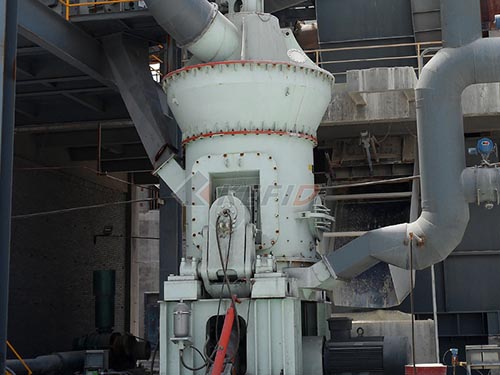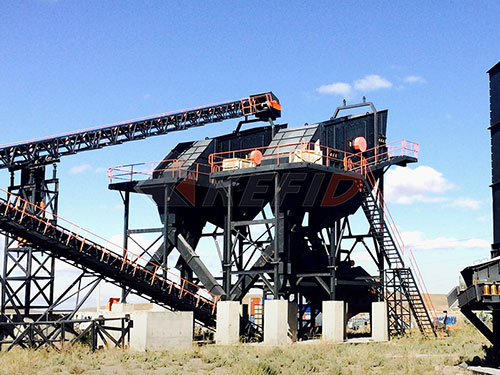The Fracture Frontier: Unlocking Mineral Value Through Strategic Ore Crack Crushing
Introduction: The Imperative of Liberation
In the intricate dance of mineral extraction, the journey from in-situ ore to marketable concentrate hinges on a fundamental physical transformation: size reduction. At the heart of this process lies ore crack crushing, a critical stage far more nuanced than simply smashing rocks into smaller pieces. It represents a deliberate engineering intervention designed to exploit inherent weaknesses within rock structures – primarily pre-existing cracks and fractures – to achieve efficient liberation of valuable minerals from their gangue matrix with minimal energy expenditure and optimal downstream processing efficiency.
This isn’t brute force; it’s applied geomechanics meeting materials science in a high-stakes industrial setting. Understanding and optimizing crack crushing is paramount for modern mining operations striving for sustainability, profitability, and resource stewardship.
The Science Behind the Break: Fracture Mechanics & Rock Properties
Rock failure under load isn’t random; it follows principles governed by fracture mechanics:
1. Pre-existing Flaws: All rock masses contain inherent discontinuities – micro-cracks, fissures, joints, bedding planes – acting as stress concentrators.
2. Stress Concentration: When external force is applied (compression, impact), stress intensifies dramatically at the tips of these flaws.

3. Crack Propagation: When the stress intensity at a crack tip exceeds the material’s fracture toughness (K_IC), the crack propagates rapidly through the rock.
4. Mode of Failure: Crushing typically induces Mode I (Tensile) cracking, even under predominantly compressive loads, due to lateral tensile stresses generated internally as particles are squeezed or impacted.

Rock Properties Influencing Crack Crushing:
Uniaxial Compressive Strength (UCS): A primary indicator of resistance to crushing forces.
Tensile Strength: Significantly lower than UCS (often ~1/10th), making tensile failure via crack propagation the dominant mechanism.
Fracture Toughness (K_IC): Measures resistance to crack propagation; crucial for predicting fragmentation behavior.
Brittleness Index: Relates UCS to Tensile Strength; higher brittleness generally favors cleaner fracture along grain boundaries.
Hardness & Abrasiveness: Influence wear on crusher components but less directly on initial fracture initiation compared to strength/toughness.
Mineralogy & Texture: Grain size, interlocking nature, bonding strength between minerals dictate preferential breakage paths –

Leave a Reply